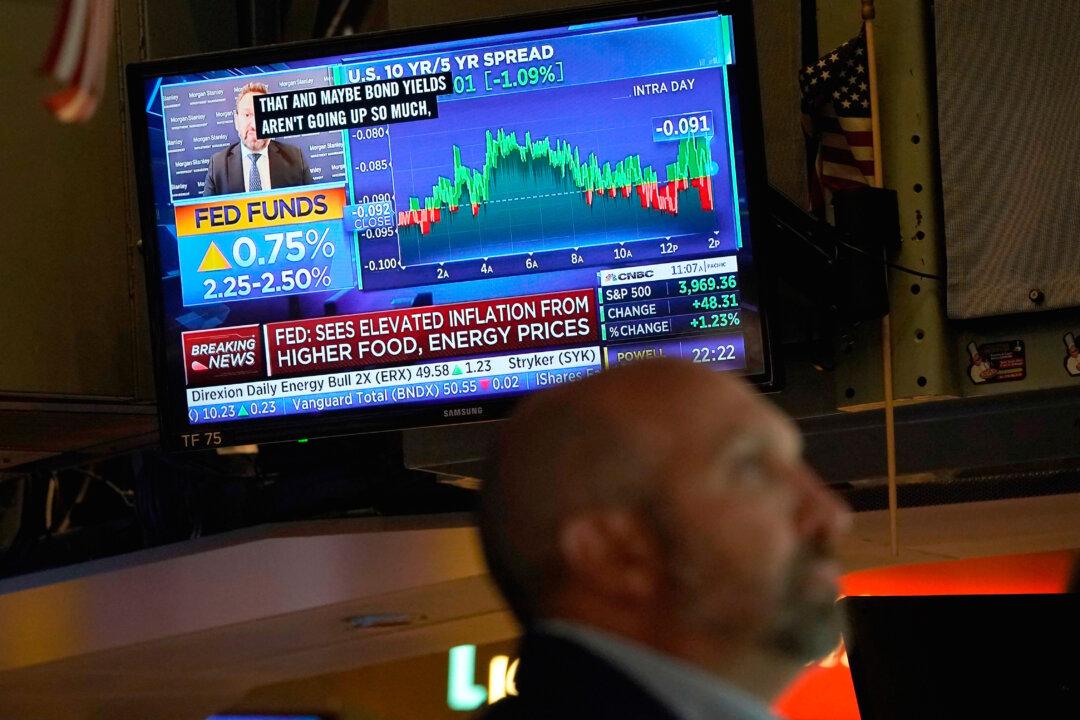Commentary
Debate continues as to whether recession still lies ahead. The yield curve has pointed to an 80 percent chance of recession. But, when comparing today’s situation with the comparable U.S. real GDP contraction in 2008, its timing forecast has low accuracy.





